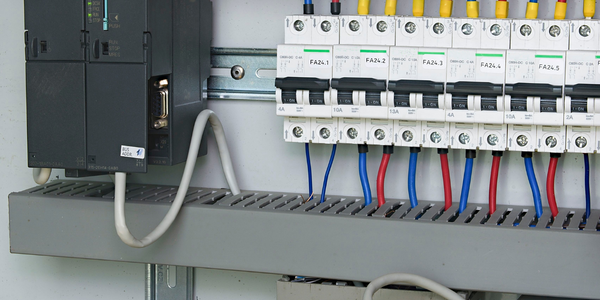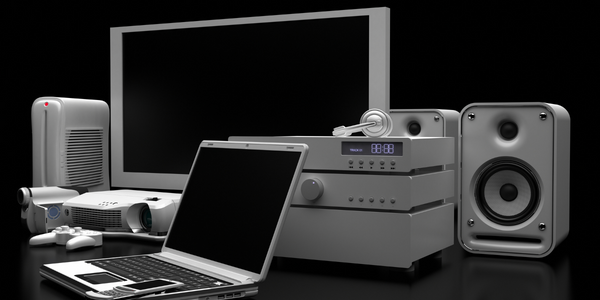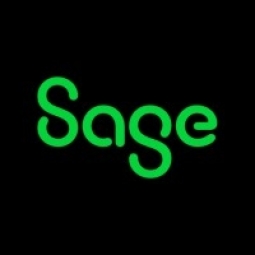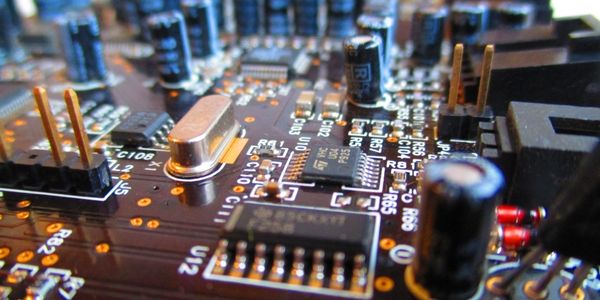公司规模
SME
地区
- America
国家
- United States
产品
- Sage 100 ERP
- Inventory Management module
- Return Merchandise Authorization module
- StarShip module
技术栈
- E-commerce
- Database Management
- ERP System
实施规模
- Enterprise-wide Deployment
影响指标
- Productivity Improvements
- Cost Savings
- Customer Satisfaction
技术
- 功能应用 - 库存管理系统
- 功能应用 - 企业资源规划系统 (ERP)
适用行业
- 电子产品
适用功能
- 销售与市场营销
- 仓库和库存管理
用例
- 库存管理
- 自动化制造系统
服务
- 系统集成
- 软件设计与工程服务
关于客户
Monarch Computer Systems 成立于 1991 年,是计算机系统和相关产品的直接供应商。该公司在亚特兰大附近拥有一座占地 25,000 平方英尺的工厂,技术人员使用组装的零件组装基于 AMD 处理器的台式电脑和高端服务器。Monarch 是美国 100 强系统制造商之一,其电子商务业务迅速增长。该公司曾荣获 AMD 的水晶晶圆奖,也是英特尔的卓越供应商、Seagate VAR 合作伙伴计划的成员、Microsoft® 金牌认证合作伙伴和认证解决方案提供商,也是全球仅有的六家 NVIDIA 精选制造商之一。
挑战
Monarch Computer Systems 是一家计算机系统和相关产品的直接供应商,由于 1999 年电子商务的兴起,其销售额大幅增长。该公司在一年内就完成了 80,000 多笔离散网络交易。然而,他们现有的 Sage 50—US Edition 系统无法处理这种在线销售激增。Monarch 需要一款能够匹配其业务模式、提供出色的管理报告并改善流程和整体信息流完整性的软件系统。
解决方案
Monarch 采用了 Sage 100 ERP,这是一种强大的端到端解决方案,可管理 Monarch 零售和分销业务的各个方面。该解决方案由多达 14 个数据库提供支持,并包含丰富的附加模块,可简化库存处理并提高退货产品的盈利能力。库存管理模块允许 Monarch 主动管理现金流,方法是将现有库存与采购订单、销售订单或缺货订单上的可用库存进行比较。退货授权 (RMA) 模块通过为每个退回的商品分配跟踪号并监控其进度,直到客户最终满意,将 Monarch 的退货部门从亏损中心转变为盈利中心。StarShip 模块将 Monarch 业务系统的数据与其主要运输承运商集成,以实现无缝记录保存。
运营影响
数量效益

Case Study missing?
Start adding your own!
Register with your work email and create a new case study profile for your business.
相关案例.

Case Study
Remote Temperature Monitoring of Perishable Goods Saves Money
RMONI was facing temperature monitoring challenges in a cold chain business. A cold chain must be established and maintained to ensure goods have been properly refrigerated during every step of the process, making temperature monitoring a critical business function. Manual registration practice can be very costly, labor intensive and prone to mistakes.

Case Study
Predictive maintenance in Schneider Electric
Schneider Electric Le Vaudreuil factory in France is recognized by the World Economic Forum as one of the world’s top nine most advanced “lighthouse” sites, applying Fourth Industrial Revolution technologies at large scale. It was experiencing machine-health and unplanned downtime issues on a critical machine within their manufacturing process. They were looking for a solution that could easily leverage existing machine data feeds, be used by machine operators without requiring complex setup or extensive training, and with a fast return on investment.

Case Study
Cloud Solution for Energy Management Platform-Schneider Electric
Schneider Electric required a cloud solution for its energy management platform to manage high computational operations, which were essential for catering to client requirements. As the business involves storage and analysis of huge amounts of data, the company also needed a convenient and scalable storage solution to facilitate operations efficiently.

Case Study
Leveraging the IoT to Gain a Competitive Edge in International Competition
Many large manufacturers in and outside Japan are competing for larger market share in the same space, expecting a growing demand for projectors in the areas of entertainment, which requires glamor and strong visual performance as well as digital signage that can attract people’s attention. “It is becoming more and more difficult to differentiate ourselves with stand-alone hardware products,” says Kazuyuki Kitagawa, Director of Service & Support at Panasonic AVC Networks. “In order for Panasonic to grow market share and overall business, it is essential for us to develop solutions that deliver significant added value.” Panasonic believes projection failure and quality deterioration should never happen. This is what and has driven them to make their projectors IoT-enabled. More specifically, Panasonic has developed a system that collects data from projectors, visualizes detailed operational statuses, and predicts issues and address them before failure occurs. Their projectors are embedded with a variety of sensors that measure power supply, voltage, video input/ output signals, intake/exhaust air temperatures, cooling fan operations, and light bulb operating time. These sensors have been used to make the projector more intelligent, automatically suspending operation when the temperature rises excessively, and automatically switching light bulbs. Although this was a great first step, Panasonic projectors were still not equipped with any capability to send the data over a network.









